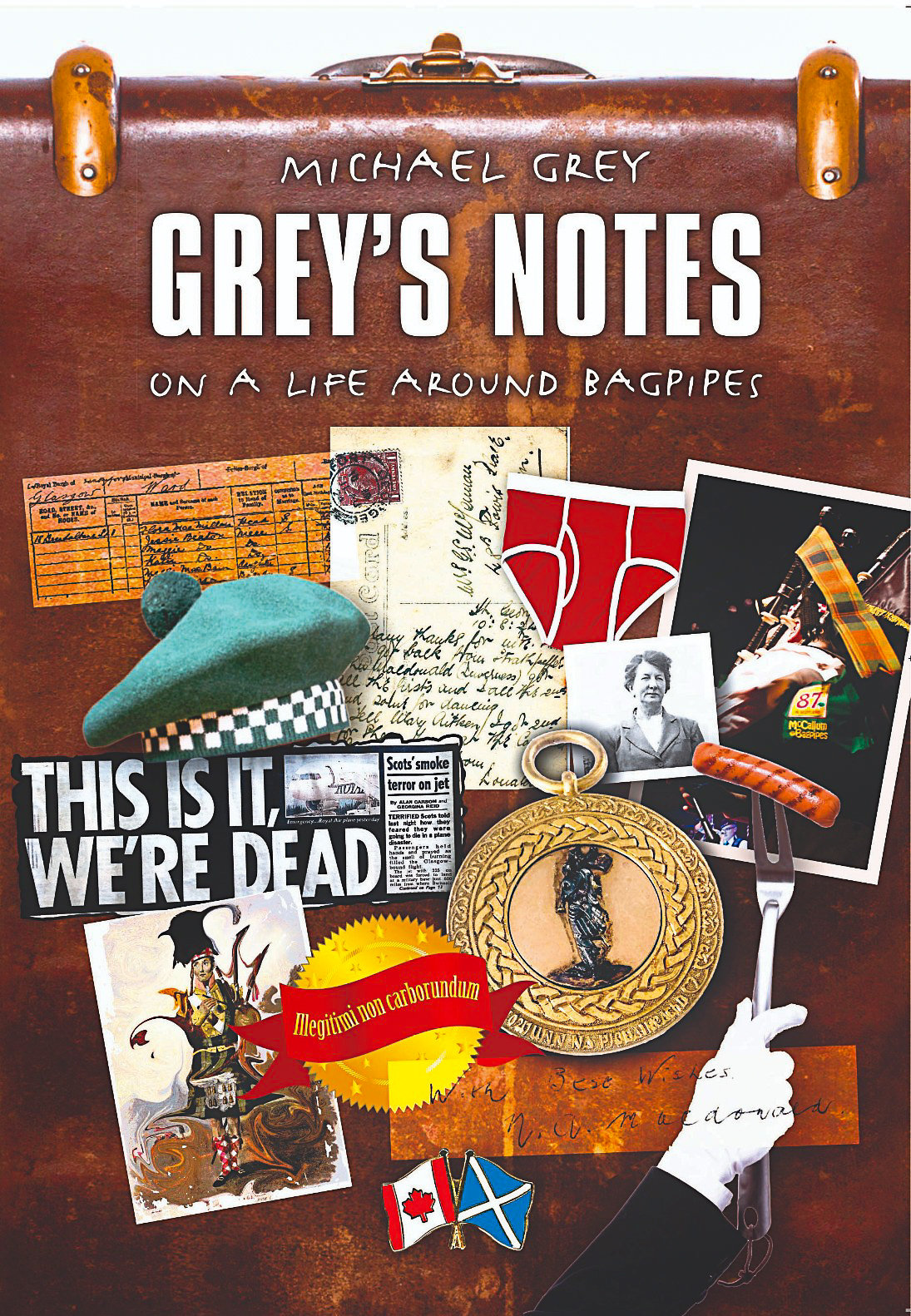John Morrison of Assynt House
August 6, 2019 on 6:30 pm by Michael Grey | In Stories | Comments Off on John Morrison of Assynt HouseI was talking to Glasgow piper, Craig Turnbull, a little while ago. He had been travelling in the Western Isles and the subject of the famous reel. “John Morrison of Assynt House” came up. Craig had passed by Assynt House in Stornoway. I always had it in my mind that Peter MacLeod, Senior, the composer of this reel – a piece of music that is without doubt, one of the greatest music compositions of all time – named it for a place in Ross-shire, north of Inverness (Scotland).
Our discussion ended with me committing to do a little research to find out what was what. Because. I was sure I was right.
So, I poked around looking for confirmation of my rightness. At the front end of my search I came across an obscure – if not preposterous – reference [a tip of the hat to Bill Livingstone] to “The Morrisons of Cape Breton”. The notation I reference comes from “The History of the Morison or Morrison Family” (1880) – this page-turner is free, you can get it here. And here are the lines:
“Angus Morrison [1792, Strond, Harris, Scotland – 1878, St Ann’s, Cape Breton] was the ninth generation in descent from an Episcopalian clergyman in the Island of Lewis, Scotland, who was a descendant of the celebrated Bhreitheimh Leoghasach (Lewis Judge). … He, like many of the family form which he descended, was noted for his charitable and hospitable disposition, his fairness and uprightness in all transactions, and his exemplary conduct through life, as well as for his sincerity and zeal in matters of religion.”
Yes, “zeal in matters of religion”…
The quote continues:
“In his youth he was an accomplished player on the Highland bagpipes, but gave up playing upon his favourite instrument, for the reason, as he remarked that he found it ‘tended to lead him into temptation’ [temptation!]. Some years after, when a handsome sum was offered him for his bagpipes, he refused the money, neither would he give the instrument as a gift, stating that he found it an injury to himself, and what was an injury to him ‘would not place in the hands of another to his hurt’. He then took it [his bagpipes], tied a stone to it, and threw it into the sea.”
*SPLASH* Can you imagine the un-Godly splash? The irony.

Anyway, St Ann’s, Cape Breton, is the home of the Gaelic College. Should you ever find your way to visit and paddle in St Ann’s Bay you might wiggle your toes in the sand and feel for signs of bones of our zealous Angus’ bagpipe – his chanter soul, too.
And, on the reel, “John Morrison of Assynt House”, I thought I’d take the easy route and seek out John Wilson, an unstintingly reliable font of knowledge. Here is what he said:
“Craig’s assumption regarding Assynt House in Stornoway is correct. The house is a Victorian villa just a short distance from the Caladh Hotel in Stornoway … Donald was originally taught by his father, then John Morrison of Assynt House. John M was not only a piping tutor on Lewis, but a great piping benefactor who supported the development of young players from the island … He was also a founder member of the old Stornoway Pipe Band and Donald had great respect for the guidance and material support provided by John Morrison who, in fact, sponsored and accompanied Donald to his first Northern Meetings when he was 15 years of age.”
So, thanks to John, mystery solved. And, I was wrong. Again.
Still, I am very happy to have discovered a person of passion and zeal, maybe not for bagpipes, but, still, I respect the “against” bagpipes in that the story of the pipes-in-the-sea confirms my often-said belief: bagpipes are great art: you either love them, or hate them.
M.
No Comments yet
Sorry, the comment form is closed at this time.
Dunaber is using WordPress customized and designed by Yoann Le Goff from A Eneb Productions.
 Entries and comments
feeds.
Valid XHTML and CSS.
Entries and comments
feeds.
Valid XHTML and CSS.


